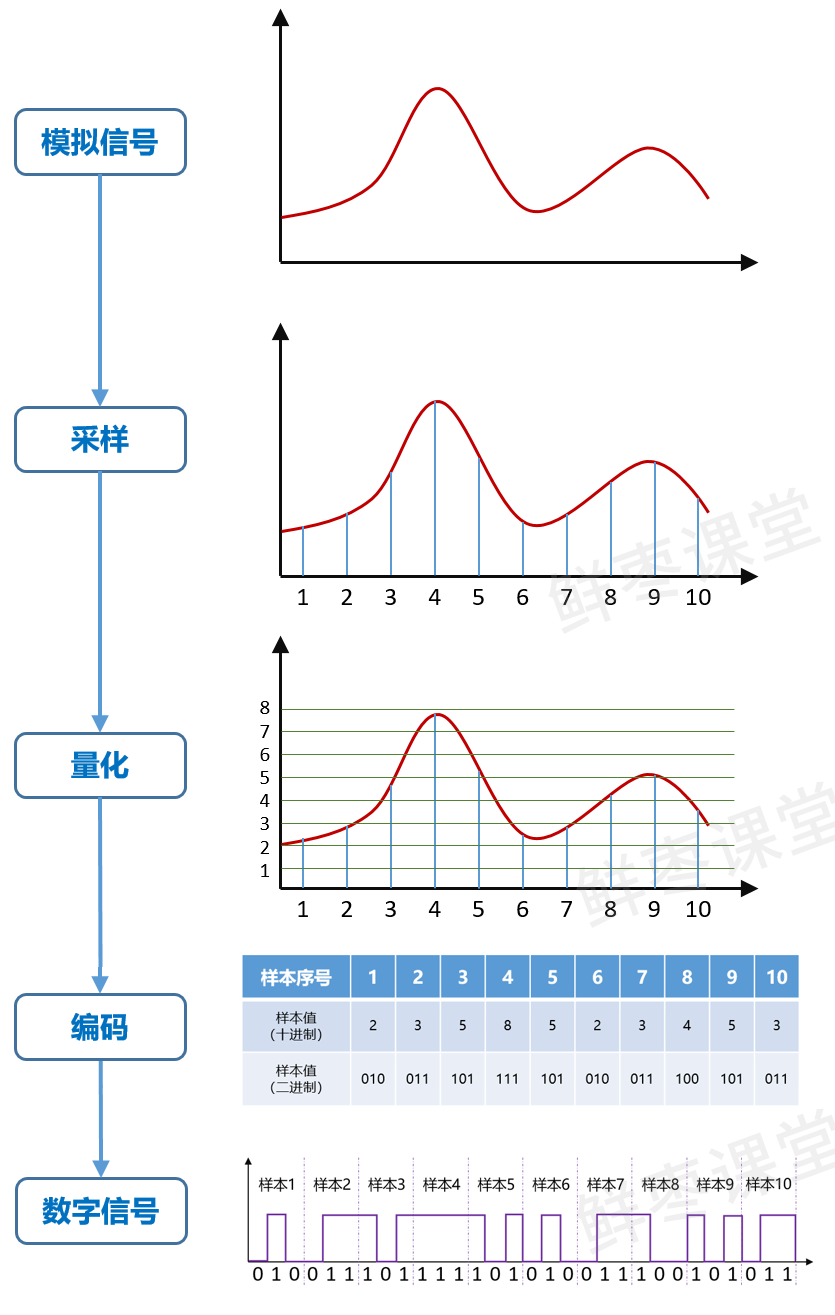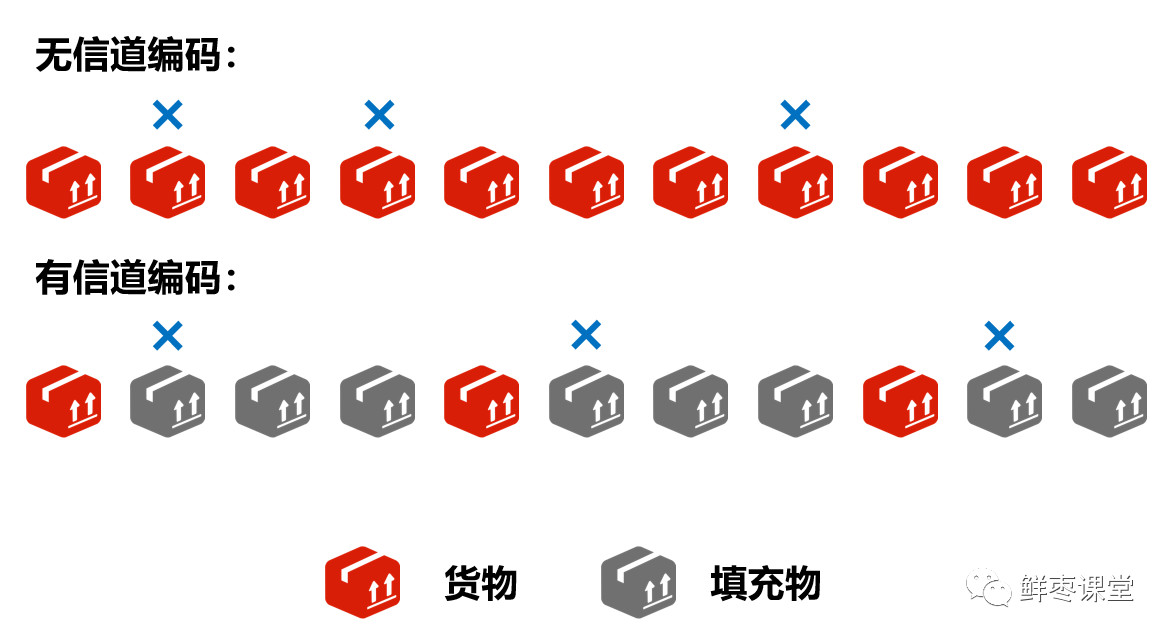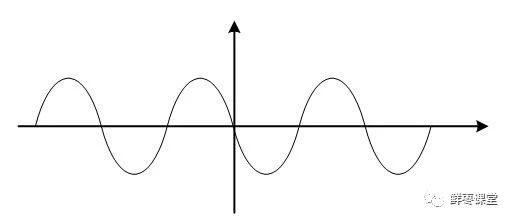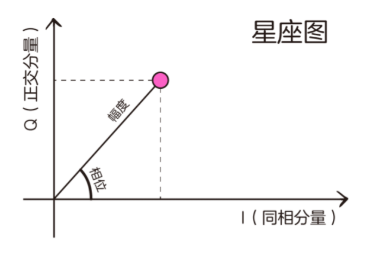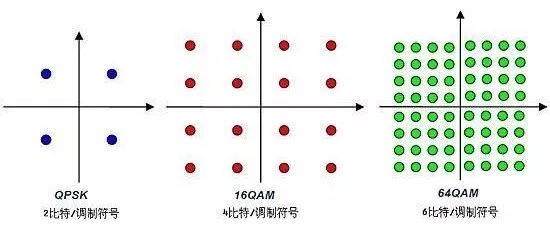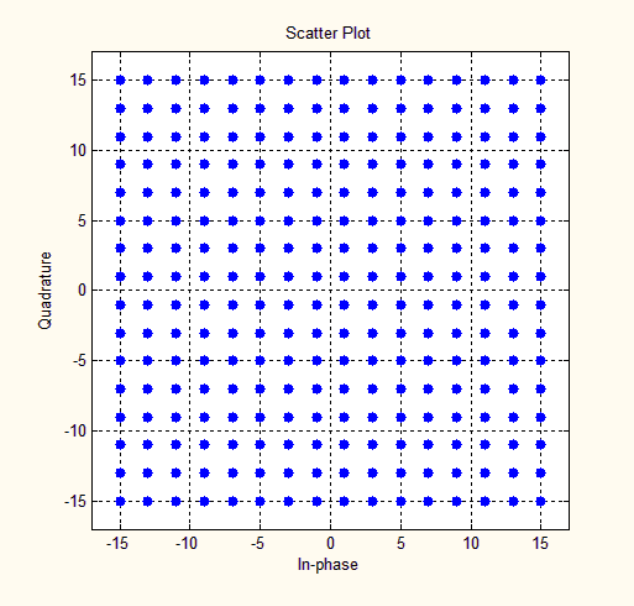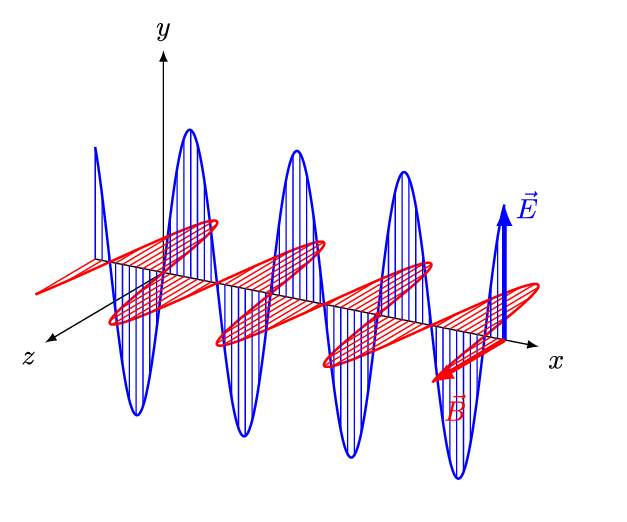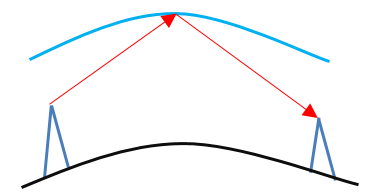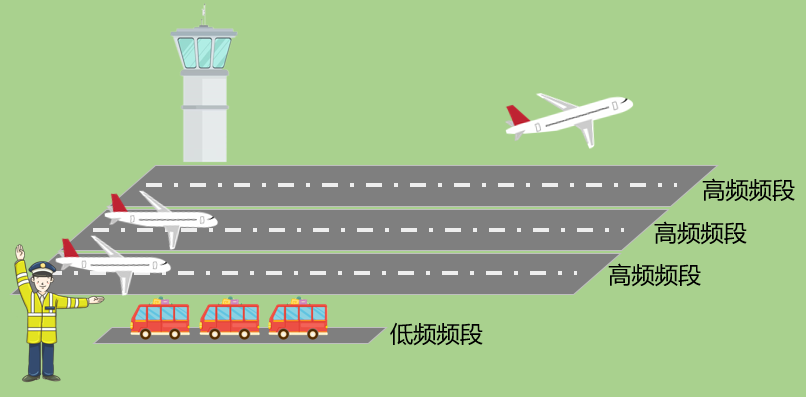Now "end-to-end" is popular. Let's take cell phone call as an example and observe the whole process of signal from cell phone to base station to see what baseband and RF are for.
When the phone call is connected, people's voice will be picked up by the phone microphone and become an electrical signal. This electrical signal is an analog signal, and we can also call it the original signal.
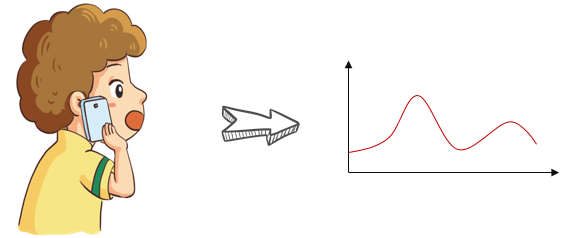
Sound waves (mechanical waves) are converted into electrical signals.
At this point, our first protagonist, Baseband, began to appear.
Baseband, called Baseband in English, is the basic frequency band.
The basic frequency band refers to a special frequency bandwidth, that is, the frequency range is near zero frequency (from DC to several hundred KHz). Signals in this frequency band, we become baseband signals. Baseband signal is the most "basic" signal.
In real life, we often refer to baseband, which refers to the baseband chip and circuit of mobile phone, or the baseband processing unit of base station (also known as BBU).
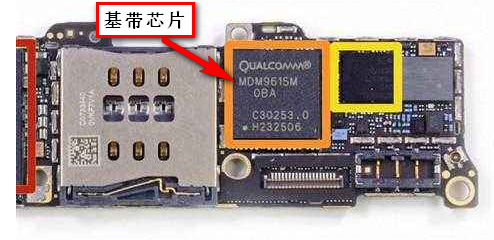
Let's go back to what we just said about voice analog signals.
These signals will be sampled, quantized and encoded by the AD digital-to-analog conversion circuit in the baseband, and become digital signals. The specific process is as follows:
The code in the picture above, we call itsource encoding。
Source coding, to put it bluntly, is to turn sound and picture into 0 and 1. In the process of conversion, the source coding needs to be compressed as much as possible to reduce the "volume".
For audio signals, we usually use pulse code modulation (pulse code modulation, as shown in the picture above) and MP3 coding. In the mobile communication system, taking 3G WCDMA as an example, AMR speech coding is used.
For video signals, MPEG-4 coding (MP4), H.264 and H.265 coding are commonly used. Everyone should be familiar with it.
In addition to source coding, the baseband has to dochannel coding.
Coding is divided intosource encodingandchannel coding
Channel coding is completely different from source coding. Source coding is to reduce "volume". On the contrary, channel coding increases "volume".
Channel coding can improve the link performance by adding redundant information to counter the interference and attenuation in the channel.
For example, channel codingIt's like filling in the side of the goods.stopperProtective foam. If bumps and collisions occur on the road, the probability of damage to the goods will be reduced.
Turbo code, Polar code, LDPC code and well-known convolutional code mentioned in Lenovo voting event last year all belong to channel coding.
Besides encoding, the baseband also encrypts the signal.
The next job, or the baseband is responsible for, that ismodulation.
Modulation, simply put, is to make "wave" better represent 0 and 1.
The most basic modulation methods are frequency modulation (FM), amplitude modulation (AM) and phase modulation (PM). As shown in the figure below, different waveforms are used to represent 0 and 1.
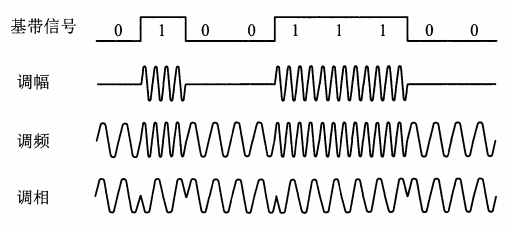
Modern digital communication technology is very developed. On the basis of the above, a variety of modulation methods have been developed. take for exampleAmplitude shift keying (ASK), frequency shift keying (FSK), phase shift keying (PSK), and quadrature amplitude modulation, which are well-known.Amplitude shift keying (ASK), frequency shift keying (FSK), phase shift keying (PSK), and quadrature amplitude modulation, which are well-known.QAM.
In order to visually express various modulation methods, we will adopt a method calledplanisphereTools. Points in the constellation can indicate the possible states of the amplitude and phase of the modulated signal.
planisphere
After the modulated signal, the amount of information that a single symbol can carry is greatly improved.At present, 256QAM, which is widely used in 5G, can use one symbol to represent 8-8bit data.
Ok, the baseband work is finally finished. What should I do next?
It's radio frequency's turn.
Radio frequency, English name isRadio Frequency,Also known as RF.Literally speaking, Radio Frequency means radio frequency. Strictly speaking, radio frequency refers to high-frequency electromagnetic waves with frequency ranging from 300 kHz to 300 GHz.
As we all know, when current passes through a conductor, it will form a magnetic field. When alternating current passes through a conductor, it will form an electromagnetic field and generate electromagnetic waves.
Electromagnetic waves with a frequency lower than 100kHz will be absorbed by the earth's surface and can't form an effective transmission. Electromagnetic waves with a frequency higher than 100kHz can propagate in the air and be reflected by the ionosphere at the outer edge of the atmosphere, forming a long-distance transmission capability.
This kind of high-frequency electromagnetic wave with long-distance transmission capability is called radio frequency (signal).
Like baseband, we usually refer to a series of things that generate RF signals, such as RF circuits, RF chips, RF modules, RF components and so on, as RF.
Therefore, we often hear people say, "The baseband of XX mobile phone is terrible."”,"XX company can't make baseband", "XX equipment has very good radio frequency performance", "XX radio frequency is very expensive" … and so on."XX company can't make baseband", "XX equipment has very good radio frequency performance", "XX radio frequency is very expensive" … and so on.
The frequency of the signal sent from the baseband is very low. What the radio frequency has to do is to continue to modulate the signal, from low frequency to the specified high frequency band. For example, the GSM band of 900MHz, the 4G LTE band of 1.9GHz and the 5G band of 3.5GHz.
The function of radio frequency is like a dispatcher.
On the one hand, as mentioned earlier, the baseband signal is not conducive to long-distance transmission.
On the other hand, the wireless spectrum resources are tight, and the low frequency band is generally occupied by other purposes. While the high frequency band resources are relatively abundant,It is easier to realize large bandwidth.
Moreover, you must also modulate to the designated frequency band, otherwise it will be illegal to interfere with others.
In engineering implementation, low frequency is not suitable.
According to the antenna theory, when the length of the antenna is 1/4 of the wavelength of the radio signal, the transmission and reception conversion efficiency of the antenna is the highest. The wavelength of electromagnetic wave is proportional to the frequency (light speed = wavelength× frequency). If low-frequency signals are used, the size of mobile phone and base station antenna will be relatively large, which will increase the difficulty of engineering implementation. Especially on the mobile phone side, the large antenna size can't be tolerated, which will take up valuable space.
After RF modulation, the signal has low power, so it still needs to pass throughpower amplifierAmplification, make it get enough RF power, and then sent to the antenna.
After the signal reaches the antenna, it passes throughfilterFiltering (eliminating interference clutter), and finally passingantenna elementLaunch it.
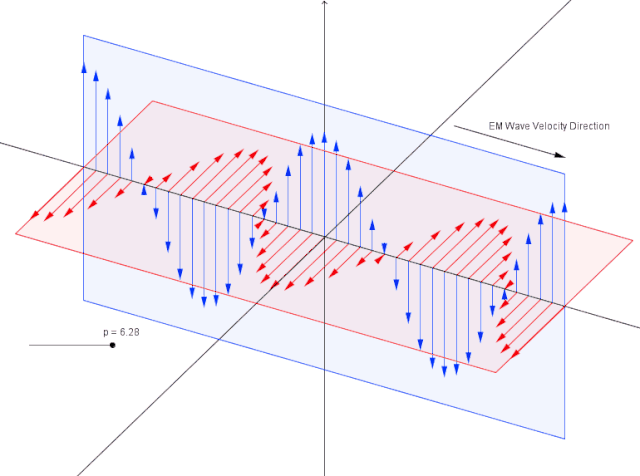
Propagation of electromagnetic waves
After receiving the wireless signal, the base station adopts the previous process.After receiving the wireless signal, the base station adopts the previous process.inverse process--filtering, amplifying, demodulating and decoding. After that, the processed data will be sent to the core network through the bearer network to complete the subsequent data transmission and processing.
The above is the general change process of the signal. Note that it is a general process, the actual process is still very complicated, and there are someintermediate frequencyNothing like that has been introduced in detail.
I'll draw a simple diagram of the general process as follows:

(This article is picked from the Internet, and opinions and opinions do not represent the position of this site. If there is any infringement, please contact us to delete it!)


